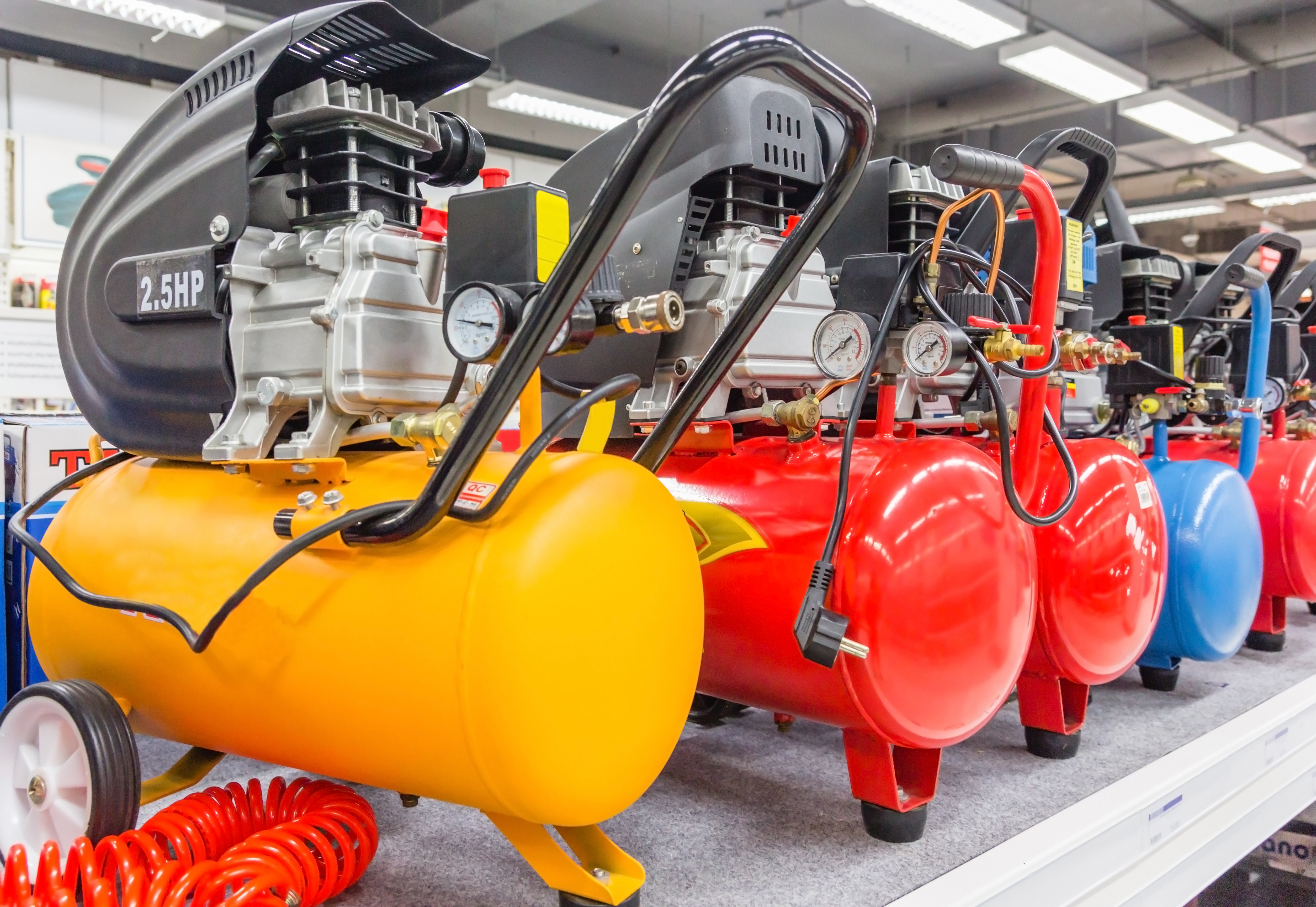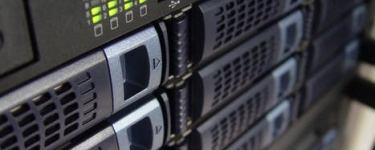5 Stages of Managing Rental Inventory
Your rental inventory assets - whether they're tools, equipment, or event products - are your single largest strategic investment. Your inventory is the main driver of your revenue, and it needs constant attention: not just to maximize its earning power, but to make sure you're not missing out on any rentals or promising assets that are already spoken for to another customer. This is simple enough when you're a small rental company, but brings additional challenges as your business grows.
At InTempo, we look at inventory management as a series of five related stages.

1. Initial Investment. The inventory reports generated by your rental system are a goldmine of information about where to spend your growth capex. If you look at a category you already rent – 185 cfm compressors, for example – you can zero in on the grade of compressor most likely to generate revenue if you add it to your fleet.
There are various ways to determine this through system reporting. You can look at the percentage of time your current group of 185 cfm compressors is on rent. You can look at the revenue dollars generated, compared to the initial cost of buying those units. And you can report on critical utilization, which predicts the likelihood that an item will be rented if you add it to your fleet. An inventory group that reports high levels of all three measures (time utilization, ROI and critical utilization) is a viable candidate for additional investment.
2. Inventory Set-up. Rental businesses tend to think of set-up as a physical process that starts when the new item arrives. In reality, it starts when your business generates a purchase order to the manufacturer or distributor. That’s when your system should assign an identification number and add the item to future inventory, showing it as available on the expected arrival date.
Once the item arrives, it can be logged as received against the purchase order. The system makes any necessary adjustments to the availability date, and details about the item should be entered into the database. These include the serial number, which can often be scanned from the bar code, as well as the cost of purchase, date of acquisition, warranty information and purchase order reference. It’s also important to assign the correct depreciation schedule to the item during set-up, so that depreciation calculations go into effect immediately. This lays the foundation for efficient rental inventory tracking.
3. Customer Prep. The third stage of ROI efficiency has to do with making sure your new item is safe, easy for customers to operate, and assigned a rental rate set that customers perceive to be a fair value. Other important actions include: the assigning of a preventative maintenance schedule, and the set-up of kits and recommended items in the system (if appropriate in each case), as well as automatic safety and warning messages and operating instructions.
All of this customer-facing information should be treated in a manner that is consistent with similar assets in your inventory. In other words, if a customer rents light tower “X” this week, and light tower “Y” next month, the safety and operating instructions should be expressed in the same manner. As many different industries have discovered, consistency builds customer confidence and is more likely to win you repeat business.
4. Ongoing Maintenance. This fourth stage of ROI efficiency is also the longest stage, because it extends across the useful lifecycle of the asset. Preventative maintenance (PM) and timely repairs are the two most important ways to protect your inventory investment and provide a true picture of how an asset is performing. This is supported by system-generated maintenance histories that show itemized labor costs, parts, fluids, etc.
Each time your new asset hits one of the PM measures set in your system (for example, meter units, calendar days, rental days or number of rentals), it will be assigned a slot for maintenance. Once the work order is complete, labor and parts costs are added to the maintenance history. If your work order software is designed for recapitalization accounting, the book value of the asset will be automatically updated with the cost of parts and labor, and depreciation will be calculated based on the new, higher value.
5. Disposal Management. Every rental asset, no matter how productive, comes to the end of its useful life. When disposing of an asset, you may be able to justify a higher price by producing a work order log that details its entire maintenance history.
After a new asset accumulates enough rental revenue information, work order maintenance costs and depreciation calculations, your rental inventory analysis reporting will give you an estimated replacement cost and a suggested selling price. The selling price typically factors in historical revenue data, maintenance history and net book value.
Once the unit is sold, its inventory history is updated with the selling price, date of sale, and invoice number. Depreciation stops and the gain or loss on the disposal is calculated and posted to the general ledger.
Of course, rental inventory software is crucial — not optional—for success at each of these stages, from initial investment through to disposal. Without the ability to access all the data points you need, you’re flying blind. But with the right system, a consistent approach, and the right reports at your fingertips, you’re finally able to get the most out of every dollar you put into your business.
Interested in learning more? Contact us today for a real-time look at better inventory management.


